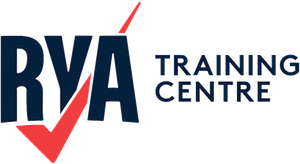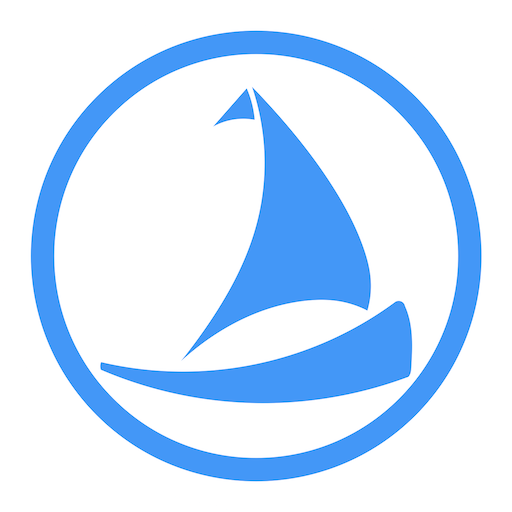Automatic Identification System (AIS)
A maritime communication system that automatically transmits and receives vessel information such as position, speed, and course to enhance navigational safety.
The Automatic Identification System (AIS) is a critical technology used in maritime navigation to improve safety and collision avoidance. It operates through the automatic exchange of data between vessels, shore stations, and other AIS-equipped entities. This data includes essential information such as a vessel’s identity (name, call sign, and Maritime Mobile Service Identity number), position (latitude and longitude), speed, course, and other relevant navigational details. AIS operates primarily on VHF radio frequencies and is mandatory for vessels over a certain size, including commercial ships, passenger vessels, and large fishing boats, as per the International Maritime Organization (IMO) regulations.
The Automatic Identification System (AIS) is categorised into different classes based on functionality, power, and intended use. Class A AIS is designed for large commercial vessels and passenger ships, as mandated by the IMO’s SOLAS regulations. It transmits at a higher power (12.5W), updates location more frequently (every 2-10 seconds while underway), and integrates with onboard navigation systems such as radar and ECDIS. Class B AIS, intended for smaller vessels such as leisure boats and fishing vessels, operates at a lower power (2W) and transmits less frequently (this can vary between 30 seconds and 2 minutes or longer), making it more energy-efficient but with a reduced transmission range.
A major issue with Class B AIS is its lower transmission frequency, which can lead to outdated positioning when monitoring vessels, especially high-speed vessels. If a vessel is moving quickly—say at 30 knots—a 30-second interval between transmissions means its position could be outdated by over a quarter of a nautical mile (500 metres) before the next update. Multiply that by four if updates are being received every two minutes, and you’ve got a two-mile inaccuracy in the position. This delay can create significant tracking issues, particularly in congested areas or when relying on AIS for collision avoidance. The introduction of Class B+ (SOTDMA-based Class B) addresses this issue by transmitting more frequently (every 5-15 seconds) and with higher priority in the AIS time slot allocation, making it more reliable for fast-moving vessels. However, even with these improvements, Class B AIS remains less effective than Class A for real-time tracking in high-speed or high-traffic situations.
Automatic Identification System (AIS) and Vessel Traffic Services (VTS) work together to enhance maritime safety, situational awareness, and traffic management in busy waterways. AIS is a shipborne system that automatically transmits and receives vessel information, including position, speed, course, and other navigational data, allowing vessels and shore-based stations to track maritime traffic in real-time. VTS, on the other hand, is a shore-based system operated by authorities to monitor and manage vessel movements within designated areas, such as ports, harbours, and congested waterways. While VTS traditionally relies on radar and voice communication, the integration of AIS has significantly improved its effectiveness by providing more accurate and detailed vessel data, even beyond radar coverage. AIS allows VTS operators to track vessels further offshore, predict traffic conflicts, and enhance navigational safety by issuing timely advisories or instructions. However, the reliability of AIS in VTS operations depends on factors such as transmission frequency, signal range, and compliance by vessels, meaning it is often used as a complement to, rather than a replacement for, radar and other surveillance tools.

